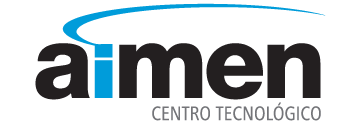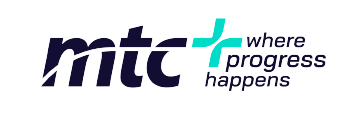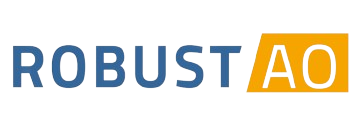FLASH will explore 5 industrial case studies across 4 industry sectors.
The case studies will cover hip-implant production, and grinding wheel production, automotive cross-car beam joining and copper hairpin welding.
These case studies will demonstrate the functionality and adaptability of the FLASH platform to complete multiple manufacturing processes with one laser-platform:
-
Hip-Implant components:
FLASH will replace the CNC machining and marking steps with laser-based processes, utilizing all three beam delivery heads and at least two laser sources. Total machining time will be 4-5 min compared to the current 8-10 min. The use of 9,000 mechanical tools and 8,000 liters of coolant per year will be eliminated, with a significant improvement in process sustainability. Elimination of expensive consumables, scrap, and rework could deliver €1.1M in annual savings when scaled to multiple value streams and manufacturing sites.
-
CBN Grinding wheels:
FLASH will develop a laser-based production process suitable for CBN precision grinding wheels, utilizing at least two different laser sources and both galvo scanner and water jet guided beam delivery systems. The FLASH process will eliminate the polluting chemicals used in the galvanic electroplating process and reduce process waste by up to 30%. Enhanced surface uniformity of the wheel will increase grinding accuracy and extend the grinding wheel lifetime by a factor of approximately 3 times by reducing surface clogging.
-
Automotive cross-car beam joining:
FLASH will develop a simplified process for cutting and joining, whilst also enabling the replacement of steel components with lighter-weight, dissimilar materials such as aluminium. This will balance cost and weight with a much greater degree of flexibility.
-
PCD Microdrill Production:
FLASH advancement will develop a laser-based production process suitable for PCD micro drills, utilizing at least two different laser sources and both galvo scanner and water jet guided beam delivery systems. Compared to mechanical grinding methods used to produce SOTA WC micro drills, FLASH laser-based processing could reduce material waste by up to 20%, whilst delivering microdrills with a longer lifetime, related cost benefits, and increased yield and productivity.
-
Copper hairpin stripping and welding:
FLASH will achieve a faster stripping rate, leading to a 70% increase in productivity, and will overcome the commercial challenges relating to investment cost by enabling the stripping (and welding) processes to be completed in a single machine platform. FLASH will develop a laser-based process for hairpin skinning and joining, using a hybrid dual beam welding to increase the laser absorption from 5% to up to 40%, enabling efficient welding with much lower average power and an associated reduction in process energy consumption. Weld quality will be improved through reduced porosity, enabling reduced electrical resistance and improved performance of the resulting electric motors. Combined with the dual-wavelength set-up, online monitoring system, LCA guided process design tool, this approach is expected to reduce scrappage by 25% and energy consumption by 60%.















